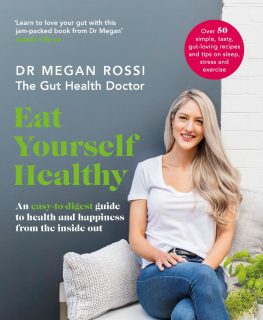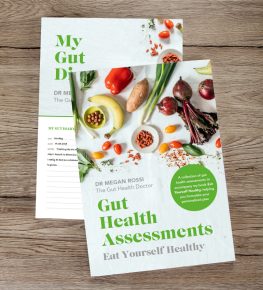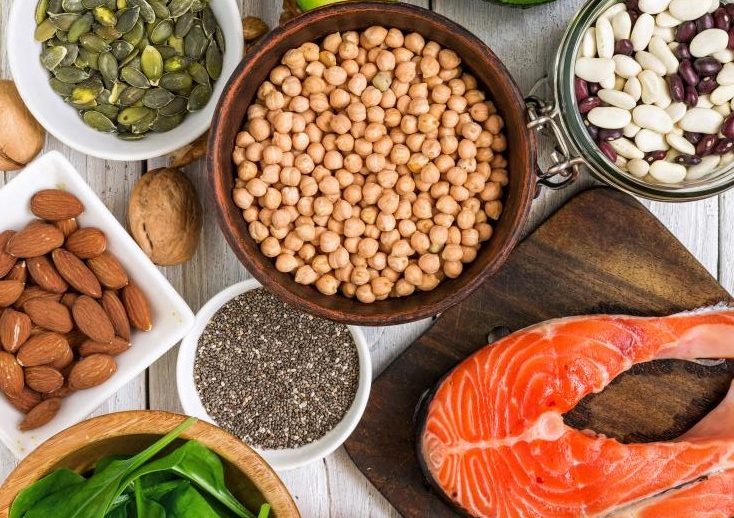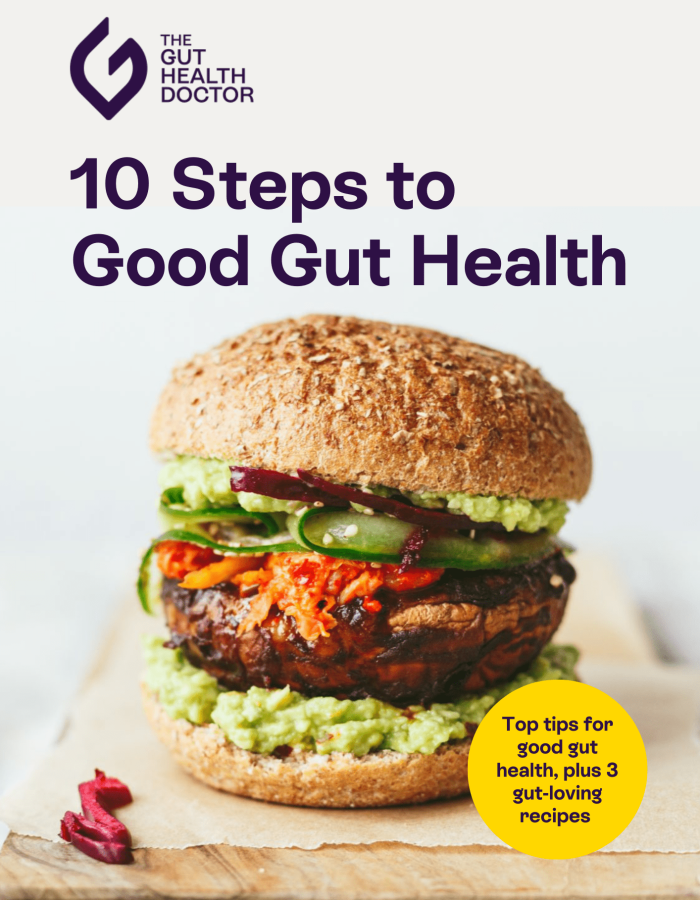Omega what?
Omega-3 is a type of fat that is essential in our diet. ‘Essential’ is a term given to nutrients that fulfil two criteria:
1) Our bodies need it to function; AND
2) Our body cannot make itself
Omega-3 is most famously found in oily fish, although several plant-based foods are also worth a mention as we’ll touch on below.
What does omega-3 have to do with gut health?
Studies have found that Omega-3 can change the gut microbiota (GM) for the better. But how exactly?
Omega-3 increases bacteria in the gut that have been shown to produce anti-inflammatory chemicals called short-chain fatty acids. These clever little short-chain fatty acids in the gut are vital in many of the body’s processes. In fact, short-chain fatty acids (especially one called butyrate) have been linked to protecting us against a whole host of diseases, including bowel cancer, diabetes and depression.
The evidence that omega-3 changes our GM is pretty robust. This is because studies have used a randomised controlled trial design, which means the participants are randomly allocated to either the Omega-3 treatment group (oily fish) or the placebo group (a fake intervention). This reduces bias, and increases the quality of the findings.
In one study, the treatment group had to eat 100g sardines a day for 5 days per week. Although it had a positive benefit, I don’t know about you but I think I would struggle to eat half a kilogram of sardines each week. This does raise an important point about how applicable these research studies are to real life. Many research studies testing the effect of a single nutrient, such as Omega-3, prescribe daily portions that are higher than what we might normally eat. But that’s not to say that smaller amounts won’t have an effect- it likely will- especially because it’s our long term-habits that play the more important role in shaping our GM.
So how can I get my Omega-3 fix?
Omega-3 comes in different forms. The forms that have been studied extensively in gut health are EPA (eicosapentaenoic acid) and DHA (docosahexaenoic acid). Oily fish scores top points as they are jam-packed with both of these Omega-3s. Some white fish also contain EPA and DHA, but at much lower levels.
Oily fish includes salmon, mackerel, sardines, herring, kippers, trout, herring, pilchards and anchovies.
Types of white fish that contain small amounts of EPA and DHA include turbot, halibut, sea bass and sea bream.
Smells fishy to me. Can I get Omega-3 if I don’t eat fish?
OK, here’s where we need to get a little more sciencey…
You can get another type of Omega-3 called ALA (alpha-linolenic acid) from plant sources, which is then converted in the body to EPA and DHA. BUT only small amounts of ALA can be converted into EPA, and even less to DHA.
Therefore, as current evidence shows it’s EPA and DHA that have the most direct health benefits, it can be difficult to get the quantities needed through plant sources alone.
Plant sources that contain ALA include nuts and seeds, such as walnuts, chia seeds and flaxseeds, green leafy veg and soya products such as tofu and soybean oil.
Other vegetarian sources of Omega-3 include Omega-3 enriched eggs and yoghurt. This is achieved by feeding the producing animals with a diet higher in ALA containing foods, such as linseeds.
What about Omega-3 supplements?
Ideally, we would all get the Omega-3 we need from a healthy balanced diet, without the need for supplements. Afterall, if our diet is devoid of all the foods mentioned above, not only will our diet be low in Omega-3 but we’re likely missing out on other key gut-loving nutrients including dietary fibre.
It’s also worth bearing in mind that one study found Omega-3 had a greater impact on the GM when given in food compared to a pill.
Having said that, if you are concerned about your EPA and DHA intake, you might be interested in the emerging research on algae. This research is based on the understanding that the EPA and DHA-rich oily fish get their stocks from grazing on marine algae. As a result, companies have begun making oil from omega-3 rich algae, although their health benefits are yet to be tested in clinical trials. Watch this space.
I’m lost at sea. Just tell me what to do.
The ‘o-fish-al’ (get it? ;)) government recommendation is that we eat two portions of fish per week, including at least one oily fish.
There are no official recommendations for those who do not eat fish, but based on the current studies it’s worth following a diet rich in ALA-containing foods (listed above), enjoying at least a portion or two each day, to promote its conversion to EPA and DHA. When it comes to algae EPA and DHA-rich oils whether it has the same health benefits as oily fish remains to be seen, but there is certainly no harm in trying these (they’re also rather tasty!).
Disclosure: No single nutrient will be the panacea for health. I’m sure you’ve heard it before, a balanced diet with variety really is the key to good gut health.
Now for some fish, your plaice or mine? 😉














